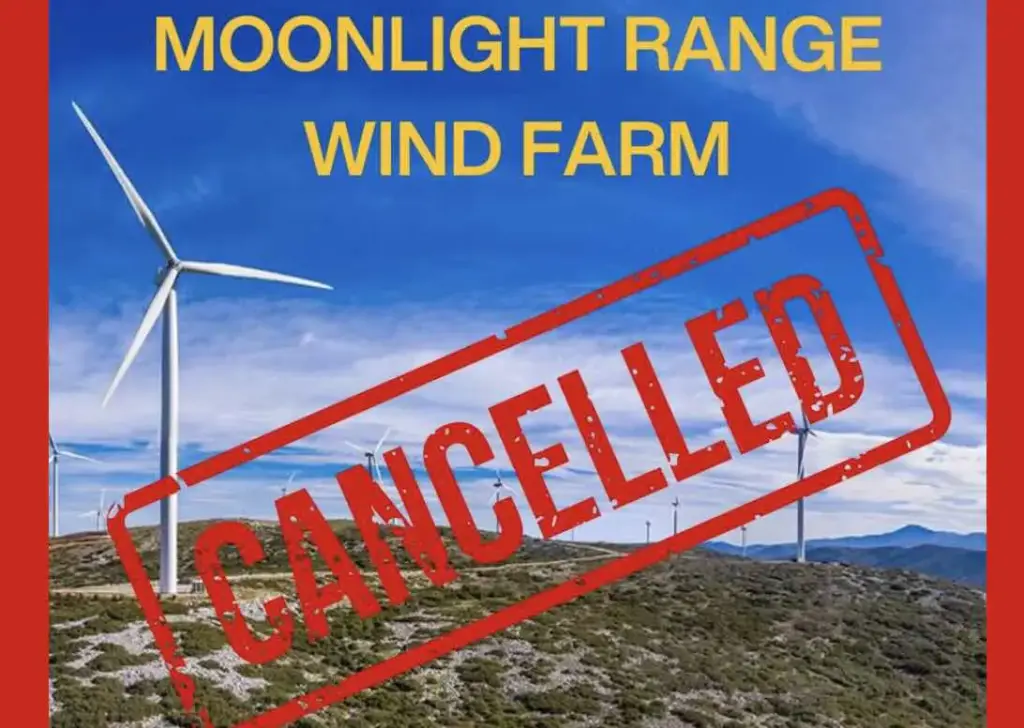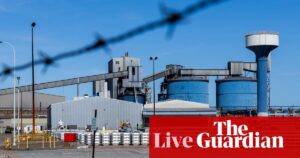
Just over a year ago, Queensland’s commitment to renewable energy seemed unwavering. At the Clean Energy Council state dinner, then-energy minister Mick de Brenni symbolized this commitment by wearing sneakers made from recycled wind turbine blades. The event was a testament to Queensland’s ambition to transform its coal-dependent grid into a leader in wind and solar energy.
However, the political landscape has shifted dramatically. The new state Liberal National Party (LNP) government, led by planning minister Jarrod Bleijie, has taken a different stance. Bleijie, known for his Elvis impersonations, has been less than supportive of the renewable sector. His decisions to rescind planning permits for wind projects like Moonlight Range and Forest Wind have sent shockwaves through the industry.
Policy Reversals and Industry Concerns
The LNP’s approach marks a stark departure from previous renewable energy targets set by the Labor government, which aimed for 50% renewable energy by 2030 and 80% by 2035. The LNP has indicated a willingness to dismantle these targets and maintain coal-fired power for decades, allocating $1.5 billion to uphold its coal reputation.
Energy minister David Janetzki is expected to reveal more details about the LNP’s energy plan. Industry insiders view Janetzki as a pragmatic figure, but the extent to which he can influence party policy remains uncertain.
Industry Reactions and Strategic Moves
Amidst political uncertainty, major industry players are taking decisive action. Rio Tinto, Queensland’s largest energy consumer, has announced plans to close the Gladstone coal generator by 2029, six years earlier than planned. This move underscores Rio Tinto’s commitment to low-cost, low-emission energy solutions, supported by significant wind and solar projects.
Rio Tinto’s decision highlights the growing demand for renewable energy solutions, despite political headwinds.
The LNP’s stance has also affected projects like the Bungaban wind farm, which faced scrutiny but ultimately received approval. This incident suggests that corporate influence may play a role in shaping energy policy.
Challenges Facing Renewable Energy in Queensland
Queensland’s coal fleet, the youngest in Australia, is already facing operational challenges. The Callide coal plant’s failures have led to substantial financial losses for CS Energy. The state’s commitment to coal maintenance and potential gas expansion comes at a time when electricity prices are high, and renewable energy adoption is low.
The government’s decision to reintegrate the Yurika division into Energy Queensland has raised concerns about innovation stalling. Additionally, Queensland remains the only state yet to agree with the federal government on the Capacity Investment Scheme.
Local and National Implications
Federal energy and climate minister Chris Bowen has criticized some LNP decisions, highlighting the potential negative impact on Queensland’s renewable sector. New planning laws granting local councils veto power over projects have created further uncertainty, with varying levels of support across regions.
The departure of key executives from state-owned utilities has sparked fears of a “brain drain” in the renewable sector. Industry leaders remain hopeful but cautious, emphasizing the need for effective planning and community engagement.
“I think we have done a pretty good job,” said Brett Wickham, acting CEO of the CEC, highlighting ongoing efforts in major projects.
The Path Forward: Balancing Coal and Renewables
The LNP is expected to prioritize coal and gas-fired power stations, leveraging its ownership of state generators. However, the extent of renewable energy integration remains uncertain, relying heavily on private investment.
Queensland’s leadership in rooftop solar adoption and household batteries presents a paradox. The federal Coalition’s focus on nuclear energy in recent campaigns contrasts with consumer preferences for solar solutions, which could undermine coal dependency.
As Queensland navigates its energy future, a pragmatic approach balancing political ideology with economic and environmental realities will be crucial. The decisions made in the coming months will significantly impact the state’s energy landscape and its role in Australia’s renewable energy transition.







